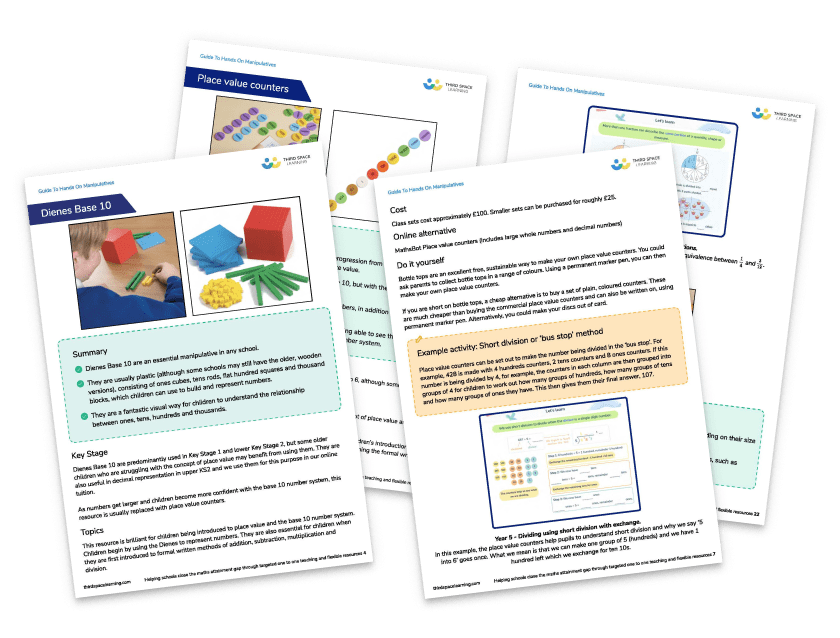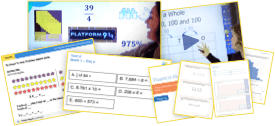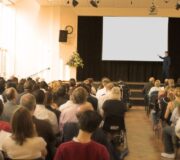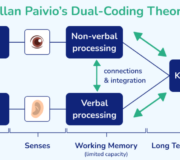Assessment For Learning: Make Sure You Know How To Use It For Optimum Student Progress
Assessment for learning is widely recognised by teachers and schools as a vital tool for teaching and effective learning. Over the past few decades, it has been subject to extensive research so will not be new to many educators. However, the Education Endowment Fund has found that many teachers and schools find it challenging to implement.
In this article we detail everything you need to know about how to implement assessment for learning successfully in your classroom and in your school.
What is assessment for learning?
Assessment for learning is the use of assessment to create feedback which is then used to improve teaching and learning. The purpose of assessment for learning (AfL) is to gather information about a learner’s current understanding and use this to close the gaps between where they currently are and where they want to be.
Generally teachers do this by using assessment for learning to inform their planning or to inform the direction a lesson should go.
Teachers do this by adjusting their teaching strategies, including:
- reteaching;
- providing scaffolding and support;
- addressing misconceptions;
- adding stretch and challenge.
READ MORE: What is assessment for learning?

The Ultimate Guide to Assessment for Learning
This guide offers a breakdown of the 5 key principles of Assessment for Learning and 10 proven AfL strategies to use in the classroom to promote pupil progress.
Download Free Now!
The Ultimate Guide to Assessment for Learning
This guide offers a breakdown of the 5 key principles of Assessment for Learning and 10 proven AfL strategies to use in the classroom to promote pupil progress.
Download Free Now!Some summarise assessment for learning as a three stage thought pattern or process for the teacher:
- What does the student know?
- How do I know that they know it?
- What can I do next to provide support for the next stage?
It’s a constant process of making judgements on where students are so you can help them with their next stage. Assessment for learning also involves teachers empowering pupils to reflect on their own learning, to understand their success criteria and take the necessary steps to reach their learning goals themselves. This supports the development of students’ metacognitive strategies and helps them to take a more active role in their learning.
READ MORE: What is metacognition
Impact of assessment for learning
Over the past few decades, several researchers have investigated AfL and its impact on student achievement. This includes the work of Paul Black and Dylan Wiliam who focussed on formative assessment in the classroom in their research, “Inside The Black Box”.
Another notable figure in AfL is John Hattie who recognised feedback as a strategy that brings about significant improvements in student performance, especially when feedback was about the student’s own work.
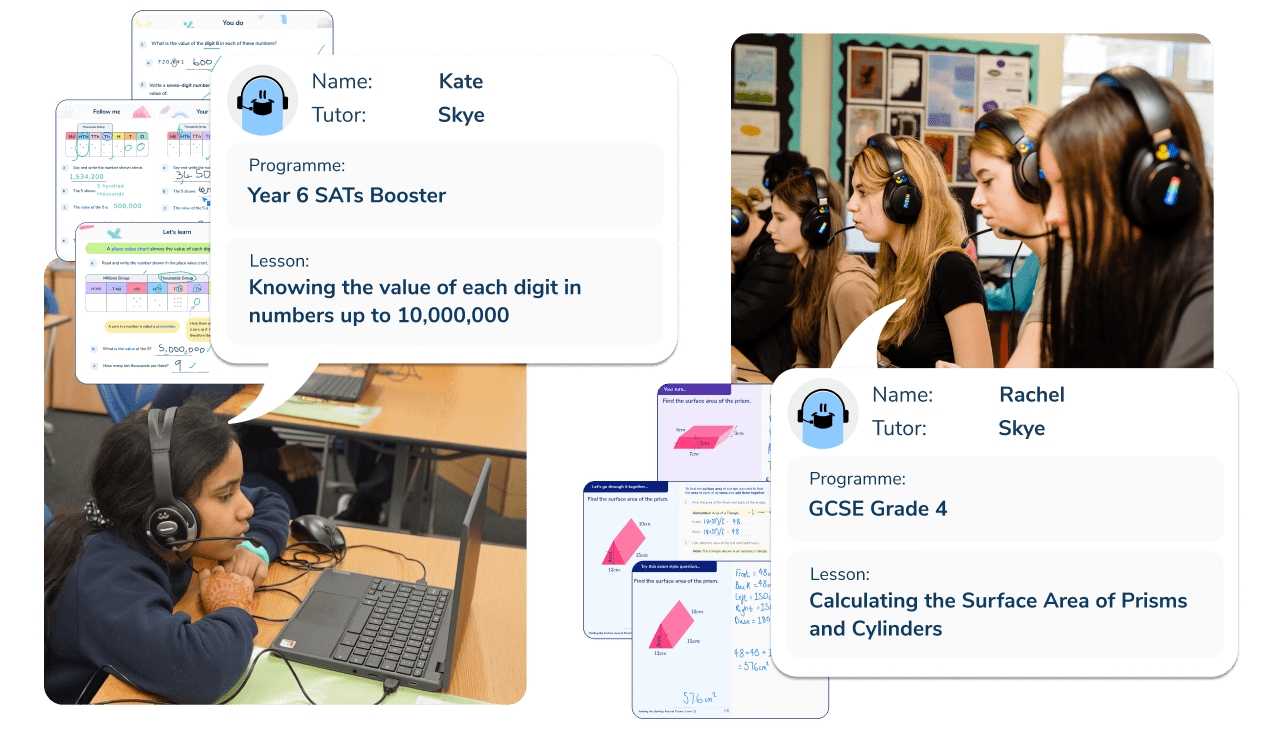
Meet Skye, the voice-based AI tutor making maths success possible for every student.
Built by teachers and maths experts, Skye uses the same pedagogy, curriculum and lesson structure as our traditional tutoring.
But, with more flexibility and a lower cost, schools can scale online maths tutoring to support every student who needs it.
Watch Skye in actionHow is assessment for learning different from other forms of assessment?
The purpose of assessment for learning is different from assessment of learning, or summative assessment. Summative assessments are usually administered at the end of a learning period with the aim of evaluating students’ learning and include end of year tests and exams. In contrast, assessment for learning can occur at any stage of the learning process.
Assessment for learning is any assessment for which the first priority in its design and practice is to serve the purpose of promoting students’ learning. Such assessment becomes “formative assessment” when the evidence is actually used to adapt the teaching work to meet learning needs (Black et al., 2004).
Whether or not you find the distinction useful, there is a fundamental point here that assessment cannot be considered formative unless the evidence that is collected is used meaningfully. It is not the assessment strategies, activities or ‘things’ that you do that makes a difference to students’ learning, it is the changes you effect on your teaching in response to the evidence collected.
Read more: Formative and summative assessment
What does assessment for learning look like in the classroom?
Assessment for learning can take place at different stages of the learning process and with different stakeholders actively involved.
It’s important that teachers use a range of assessment for learning strategies and examples and use them at different stages of the learning process to gain greater insights into their pupils’ understanding.
Many teachers are well aware of the importance of effective questioning on learning outcomes and it is no doubt an important aspect of assessment for learning. However, the most successful classrooms will use a range of other assessment for learning strategies, including:
- Direct observation
- Feedback
- Self-assessment
- Peer-assessment
- The formative use of summative assessment
There are many different ways teachers can conduct classroom assessment and it will depend on the developmental stage, needs, strengths and weaknesses of your cohort.
STARTING THE CONVERSATION
In Third Space Learning’s online one-to-one maths sessions, every lesson starts with a question designed to evaluate a pupil’s understanding of the topic they’ll be working on. Skye, our voice-based AI tutor built and trained by math experts, adapts the lesson in real time based on the pupil’s answer to best support them. Skye will skip straight to independent practice and challenge if the pupil demonstrates readiness, or guide the pupil through the lesson as normal step-by-step if not, using formative assessment continuously from the start of the session to identify misconceptions and provide tailored hints.
READ MORE: Third Space Learning
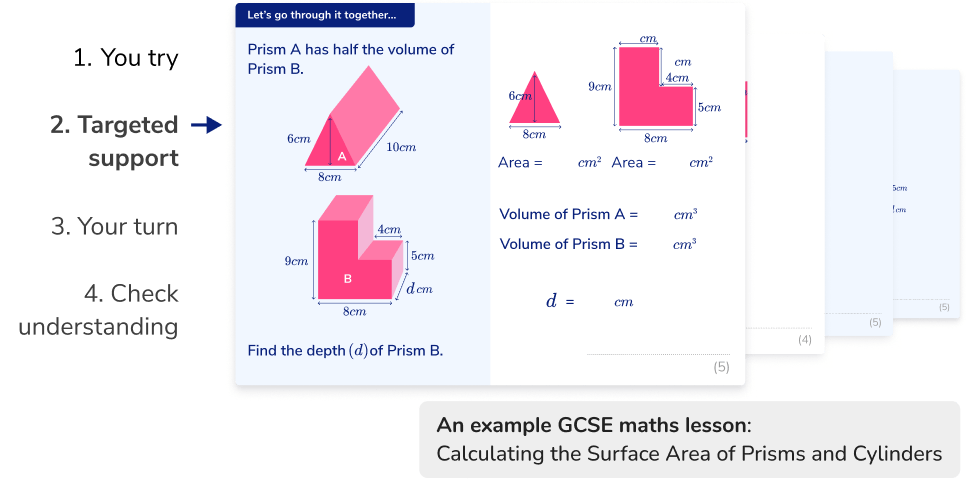
Assessment for learning examples
Examples of assessment for learning are apparent in every maths lesson; the most effective tend to be teacher-led, but there is also be place for peer and self assessment.
- Questioning
- Class quizzes
- Think pair share
- Mini whiteboards
- Admit and exit tickets
READ MORE: 25 assessment for learning examples with practical use cases.
Whichever assessment tool you use for AfL, it is important that it is carried out with purpose, and that the information gathered is used to adapt the learning experiences and opportunities that you are providing to each child. The information obtained from assessment for learning can help you understand the children’s learning and adapt to this in future lessons.
HOW THIRD SPACE LEARNING USES ASSESSMENT TO PERSONALISE TUTORING
As part of the learning journey with Skye, Third Space Learning’s voice-based AI tutor, pupils answer an assessment question at the start of each lesson to diagnose their understanding of the concept. This is the “Skill Check In” for that topic.
If a pupil demonstrates they’re not yet secure in the concept, Skye guides them through scaffolded slides, breaking the concept down step-by-step, modelling a similar example, and working through questions together before moving on to independent practice and challenge. If the pupil is ready, Skye skips straight to application and challenge.
Throughout the session, Skye uses formative assessment to pick up on misconceptions and adjust hints and support in real time, and every lesson ends with a short summative assessment, called the “Skill Check Out” to check understanding and track progress over time.
Teachers can view the results from both assessments at any time via our online platform.
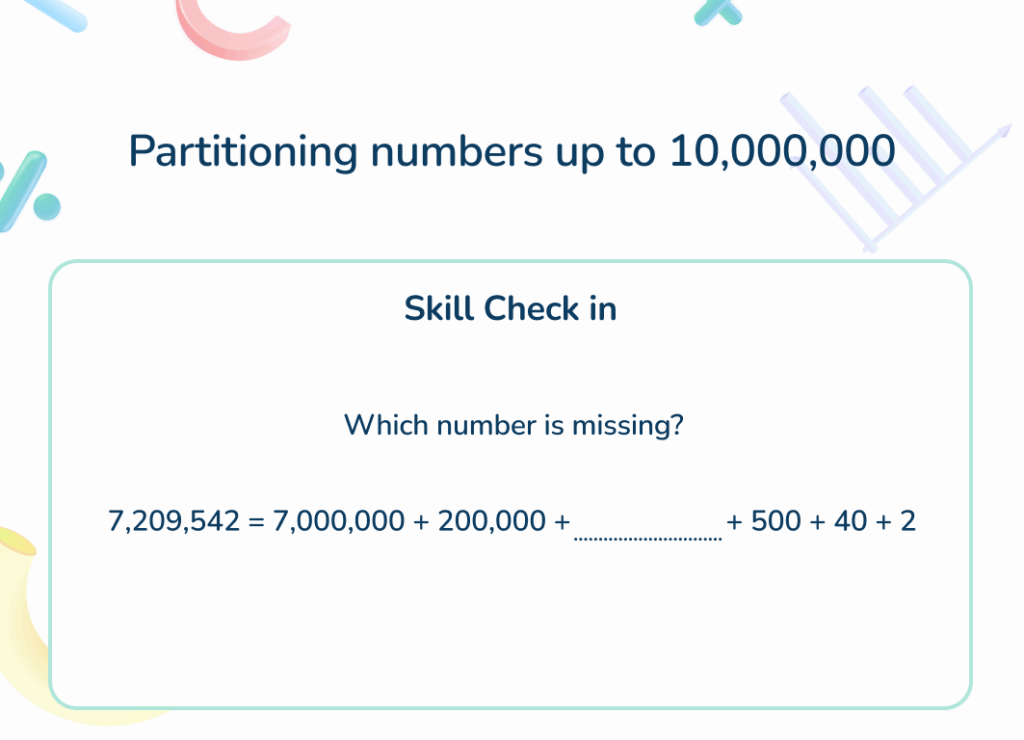
Benefits of assessment for learning
- Greater insight
Teachers can gain insights into the level of understanding across the class at any given point in the lesson. This enables teachers to address misconceptions and fill gaps as they occur.
- Deeper understanding
Observing how students cope when working alone, in pairs and in groups can provide the teacher with a wealth of information. Teachers are able to not only see the pupils responding to a task but also listen to their reasoning and discussions to gain a deeper understanding of where each child is and what misconceptions they may still have.
- Empowers pupils
Children are involved in their own learning. This greater control helps them to understand what they are aiming for and how they will go about achieving that aim, therefore ensuring they are better focused on the aims of the lesson.
- Engaging
Pupils are more involved in their learning and classroom practice. They have a clearer understanding of what they need to do to achieve success because they receive effective types of feedback from their teacher. This increases their motivation as they are more aware of their own progress.
LOW STAKES CONTINUOUS ASSESSMENT AT EACH STAGE OF A ONE TO ONE LESSON
The one to one nature of Third Space Learning’s online tutoring means purposeful talk for maths is at the core of our maths tutoring. Pupils have their own voice-based AI tutor and are able to explore their understanding in a nurturing low stakes environment. It’s one of the things the schools we work with love about our programme.
Third Space Learning’s voice-based AI tutor, Skye, applies effective teaching strategies to boost progress and deepen understanding, such as modelling, waiting, rephrasing, scaffolding, and encouraging verbal reasoning. Skye has also been trained to build confidence and help students learn in a positive education environment, including building a good rapport right from the first lesson, building motivation, relating to interests, and making lessons fun and engaging.
READ MORE: Assessment-led tutoring
“The tutoring follows the CPA approach, which is great for children. Each objective is broken down into small steps so that they can really understand it. It doesn’t move on too quickly; if they haven’t achieved an objective, it can be revisited, and they don’t move on until it’s right for them. Not all of the children have to follow along at the class pace; it’s at their own pace.”
Lucia Romeu (Assistant Headteacher), Danegrove Primary School
Limitations of assessment for learning
1. Requires training
Teachers need support to ensure they receive the appropriate training to be able to carry out effective assessment for learning. Continued professional development needs to be ongoing to ensure all teachers within a school have the same shared understanding of what they are doing and why.
2. Risks turning into mini summative assessments
Teachers need to take care to not go down the route of turning assessment for learning into mini assessments of learning. AfL should be used regularly in teaching practice through different types of assessment, taking care not to over use strategies such as mini quizzes.
3. Can be time-consuming
AfL is usually carried out during lesson time and assessment activities don’t need to add to a teacher’s workload. However, it can become a time-consuming task if a school requires data to be collected frequently.
It also takes time to ensure that the information collected is utilised appropriately to have a real impact on student outcomes.
Misconceptions of assessment for learning
1. Assessment for learning is an event
Assessment for learning shouldn’t be classed as a single event, but as an on-going process which teachers are involved with throughout every lesson.
2. Assessment results can discourage children
If the formative assessment is good, it keeps children believing that success is within reach and develops a growth mindset.
3. Multiple choice and selected response tests are always summative
How the form of assessment is used determines whether it is formative or summative, not the assessment practice itself.
Assessment for Learning (AfL) FAQs
Assessment for learning is assessment that occurs at every stage of the learning process, with effective feedback used to improve students’ performance. It’s different from assessment of learning, also known as summative assessment, which evaluates a students’ understanding or learning at the end of a learning period.
An example of assessment for learning is the use of mini whiteboards to quiz pupils on key concepts and ideas during a lesson. Teachers can use these to assess the understanding of their class, identify and address misconceptions and adjust their teaching to help learners.
Assessment for learning is formative. This is because assessment for learning is used to improve and guide the learning journey.
DO YOU HAVE STUDENTS WHO NEED MORE SUPPORT IN MATHS?
Skye – our AI maths tutor built by teachers – gives students personalised one-to-one lessons that address learning gaps and build confidence.
Since 2013 we’ve taught over 2 million hours of maths lessons to more than 170,000 students to help them become fluent, able mathematicians.
Explore our AI maths tutoring or find out about maths intervention programmes for your school.
